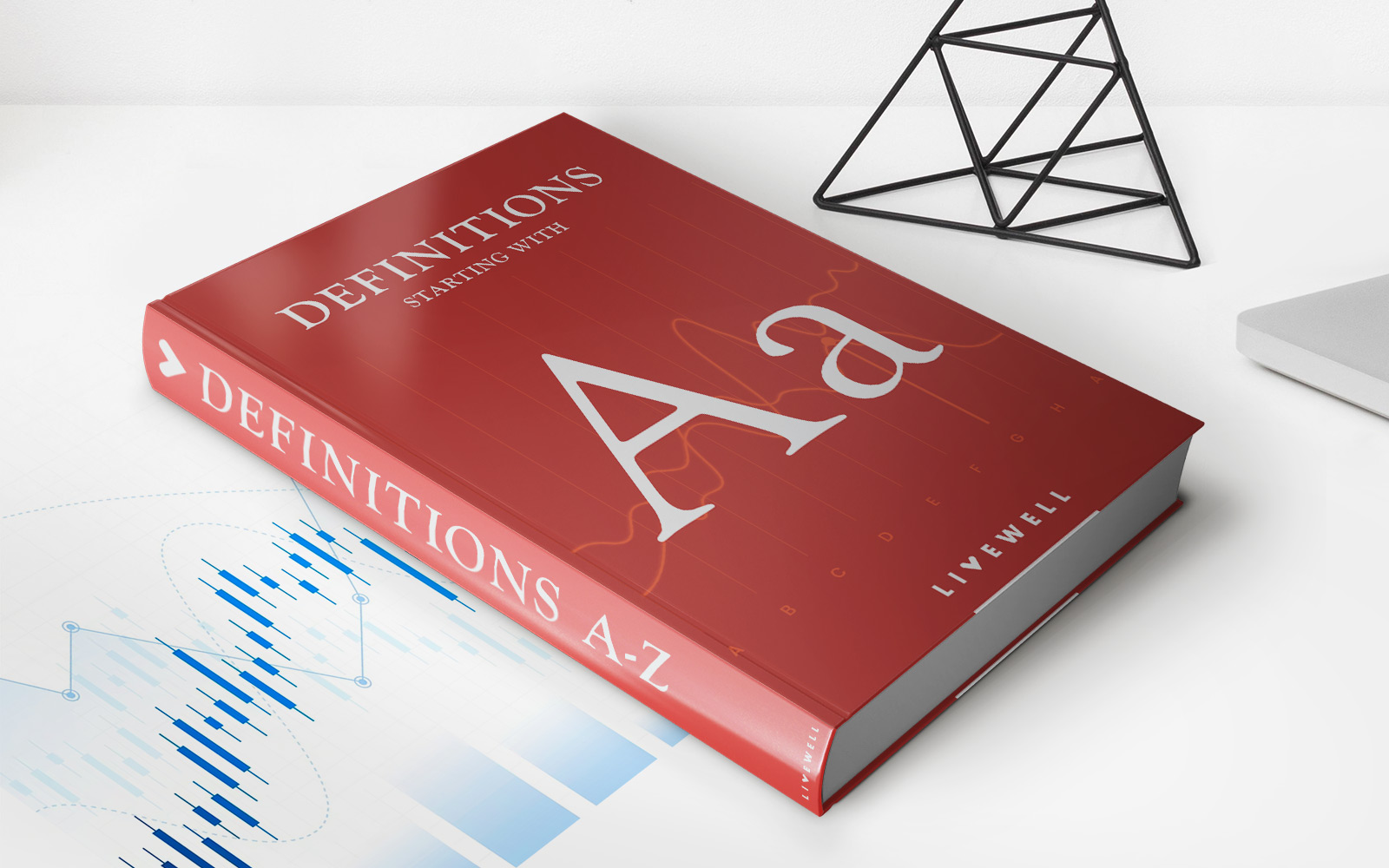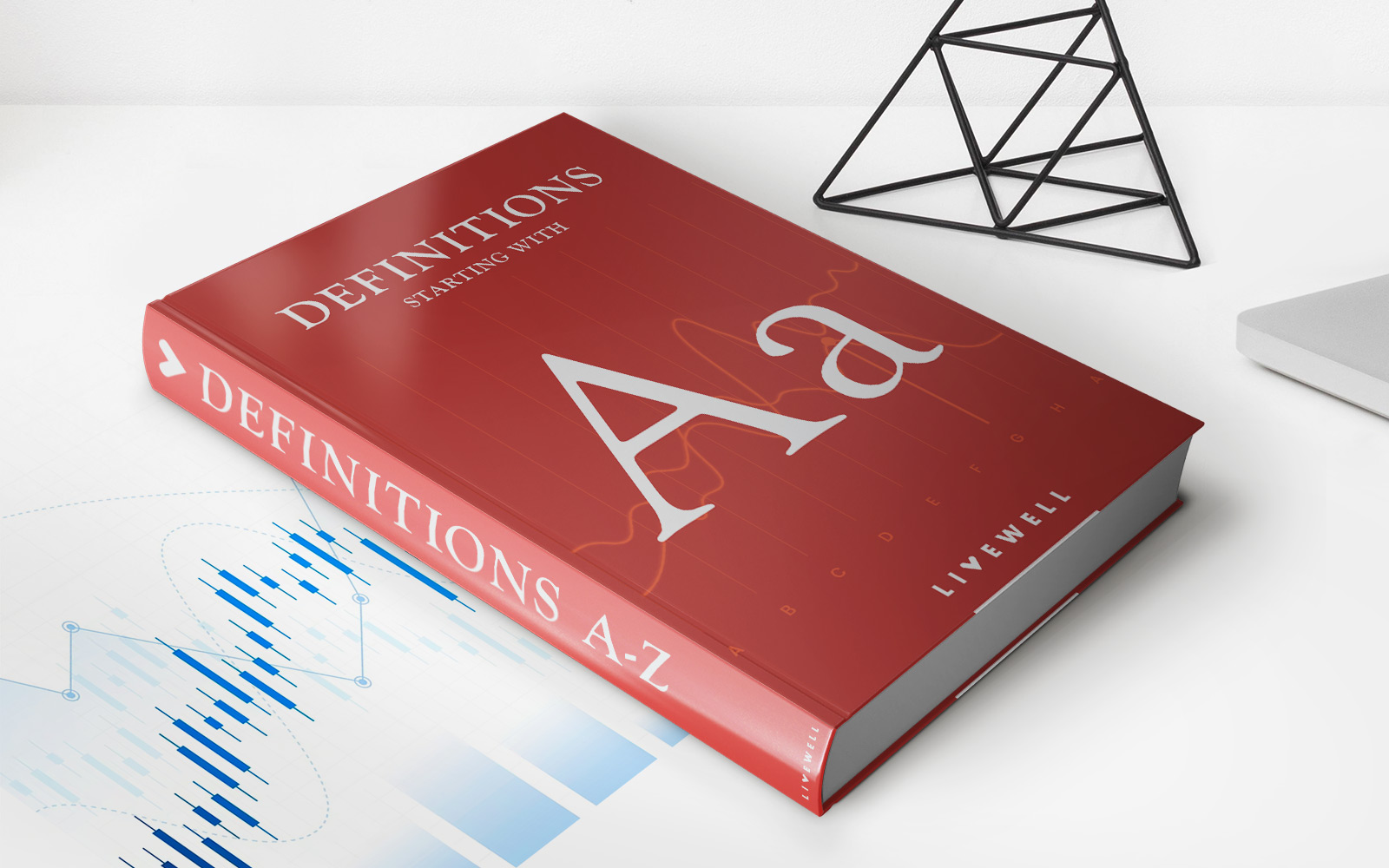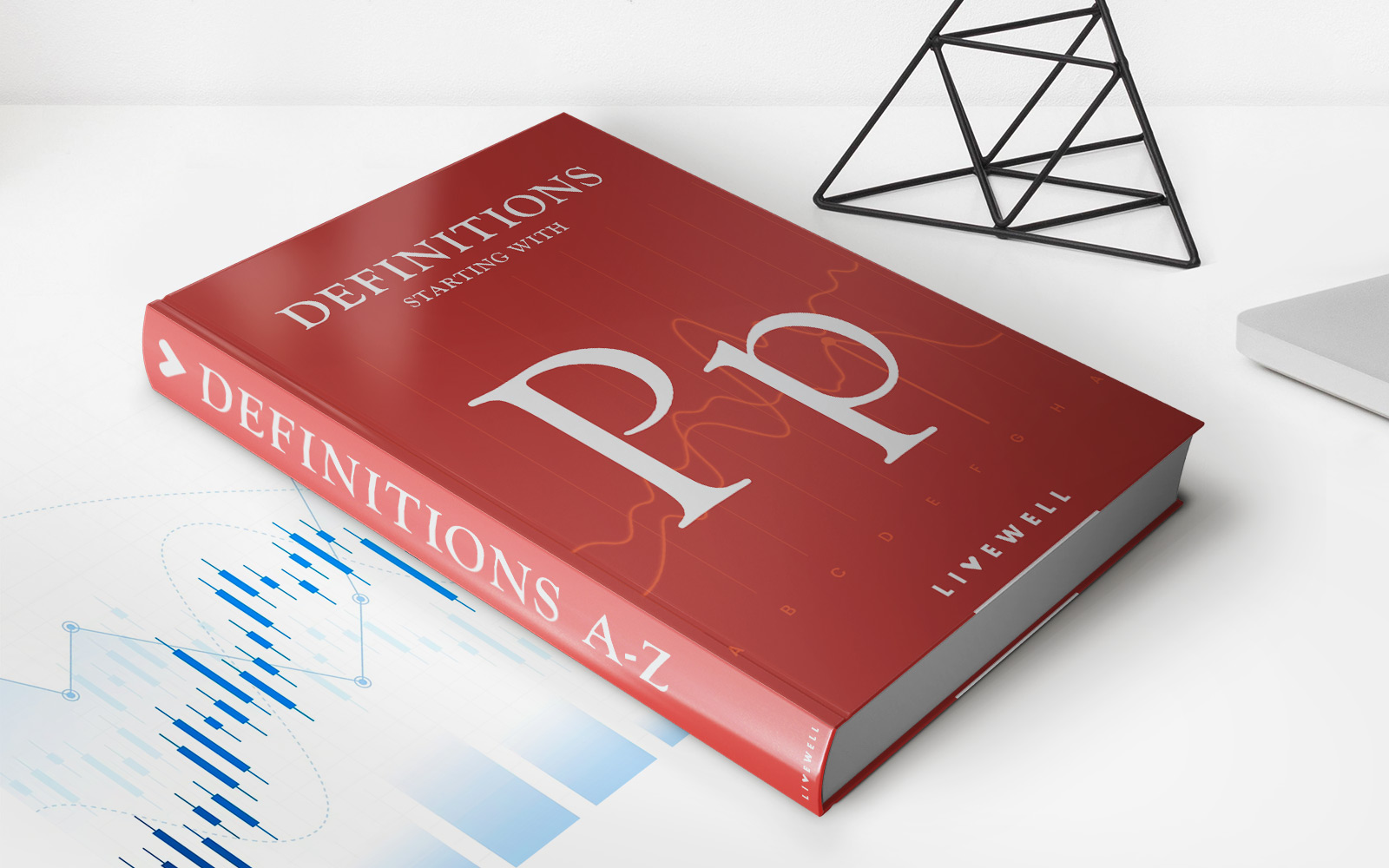

Finance
Class 3-6 Bonds Definition
Published: October 27, 2023
Learn the definition of Class 3-6 bonds in finance and understand their significance in investment portfolios.
(Many of the links in this article redirect to a specific reviewed product. Your purchase of these products through affiliate links helps to generate commission for LiveWell, at no extra cost. Learn more)
Understanding Class 3-6 Bonds in Finance
Are you interested in expanding your knowledge about finance? Look no further! In this blog post, we will delve deep into the world of Class 3-6 bonds, a key concept in the realm of finance. Whether you’re a seasoned investor or just starting out, understanding these bonds is crucial to making informed financial decisions. So, let’s explore what Class 3-6 bonds are all about and why they matter!
Key Takeaways:
- Class 3-6 bonds are a type of financial instrument that offer higher yields compared to Class 1 and 2 bonds.
- These bonds are considered riskier investments due to their lower credit quality and potential for default.
But what exactly are Class 3-6 bonds?
Class 3-6 bonds fall into a specific category of bonds within the finance world. They are typically classified based on the credit quality of the issuer. In simpler terms, the rating agencies evaluate the financial health and stability of the organizations issuing these bonds. These ratings help investors assess the level of risk associated with the investment.
Now, let’s dive a bit deeper into the characteristics of Class 3-6 bonds:
- Higher Yields: One of the key features of Class 3-6 bonds is that they offer higher yields compared to Class 1 and 2 bonds. Due to the increased risk and lower credit rating, issuers compensate investors with higher interest rates to attract capital.
- Riskier Investments: It’s important to note that Class 3-6 bonds carry higher risk compared to their counterparts. The lower credit quality of the issuer increases the likelihood of default. Therefore, investors looking to invest in these bonds should be prepared to take on a higher level of risk.
- Credit Ratings: Credit rating agencies play a crucial role in evaluating the creditworthiness of Class 3-6 bonds. These agencies assign ratings such as “AAA” for the highest credit quality, to “D” for default or potential default. Investors often rely on these ratings to make informed decisions about their investments.
- Diversification: Incorporating Class 3-6 bonds into an investment portfolio can provide diversification, helping to spread risk across different asset classes. It’s always wise to have a well-diversified portfolio to mitigate potential losses in case of defaults.
In summary, Class 3-6 bonds offer higher yields compared to Class 1 and 2 bonds, but come with an increased level of risk. These bonds are classified based on the credit quality of the issuer, with lower credit ratings indicating a higher likelihood of default. While they can be a valuable addition to a well-diversified portfolio, it’s essential for investors to consider their risk tolerance and make informed decisions when investing in Class 3-6 bonds.
We hope this blog post has provided you with a clearer understanding of Class 3-6 bonds in the world of finance. Remember, knowledge is power when it comes to making sound financial decisions!














